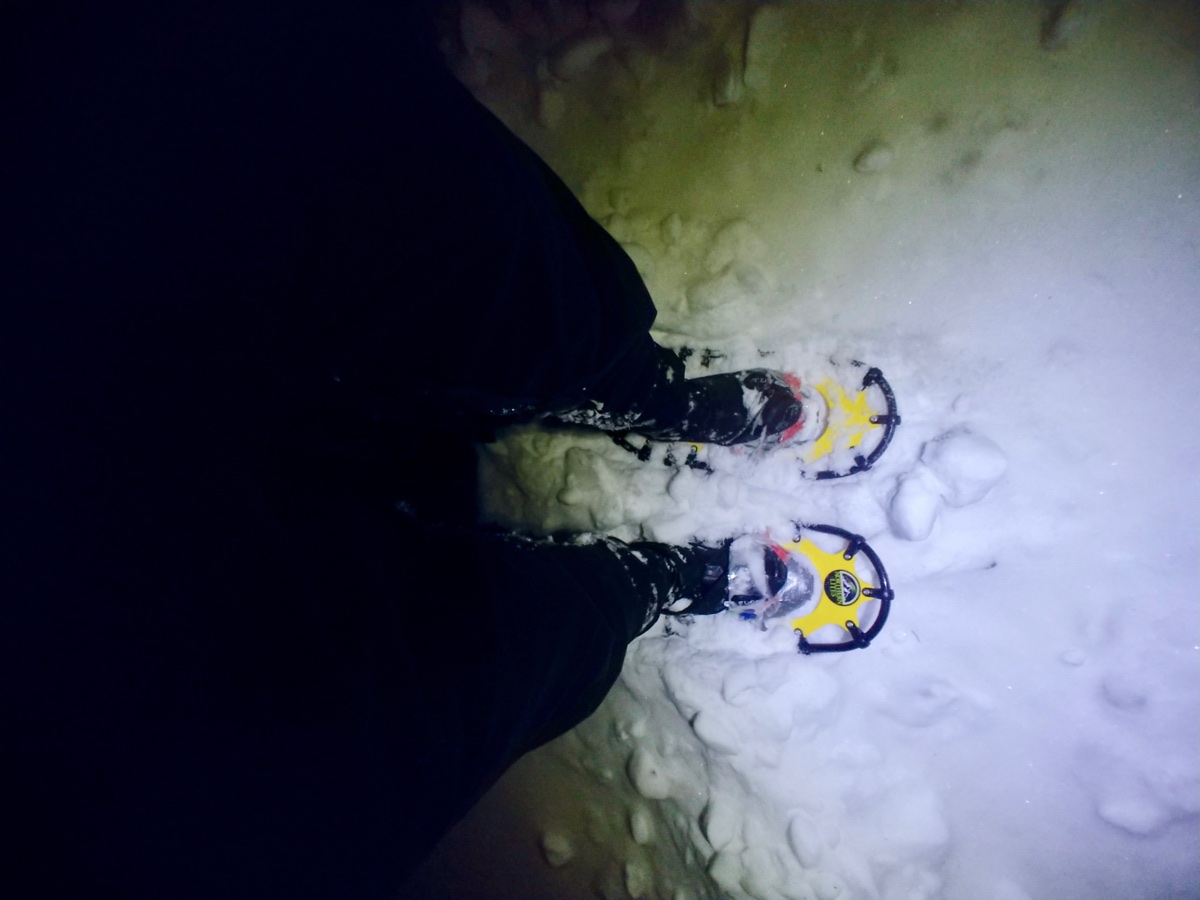At 5:23 p.m. Eastern Time this evening (February 15), we will be 56 days removed from the recent winter solstice. For those who don’t want to do the math, that little event, also known as the shortest day of the year, happened on December 21, 2018. On that day, where I live in Manitou Springs, Colorado, the sun rose at 7:14 a.m. and set at 4:41 p.m. That comes out to nine hours, 26 minutes, and 35 seconds of daylight. Today, as this article is published, the sun lifts its head in Manitou Springs at 6:51 a.m. and lays to rest at 5:37 p.m. At 10 hours, 46 minutes, and two seconds, we have gained a whopping one hour, 19 minutes, and 27 seconds worth of daylight. February marches on while the sun continues to rise a tad earlier and set a hair later. Minute by precious minute, we creep toward summer.
For some, this is a painful process. In the midst of winter, when the days are short and the nights are long, that summertime bliss feels so far away. It can be tempting to just hide beneath the covers and wait it out. It can also instill in us a great longing to grab hold of a magical (sun) dial and fast forward to summer. And yet, I think that would be a real loss. Sure, the short, dark days can be tough. For many of us it means going to work and returning home in the dark. It means morning runs without the reward of a sunrise and evening workouts void of a sunset, or any sunlight at all.
I like these days. Just the other day my co-worker Jonathan Lantz walked into camp and found me outside cutting wood. “Have you run yet?” he asked. “No, I haven’t,” was my reply. He told me that I should go run. That it was cold out there, even in the sun. I told him that I like running in the dark, I had done it the night before in the bitter cold, and I had a great run! For some reason I like these dark, cold, winter nights. I admit that they can be intimidating, and that it can be hard to get oneself out the door when the night seems so foreboding.
Our intimidation is often no more than skin deep. As strides turn to miles, the body warms and the darkness takes me in with open arms. The air is crisp, the snow is firm, and on good nights, the stars are bright. My headlamp lights the way. There are more than 400,000 people down there, far below where the city lights shine bright, but here on the mountain I’m all alone. Every now and then I find someone else out there, but like ships passing in the night our meetings are abrupt and brief. We soon return to our steps of solitude.
These solo footfalls are what I love. The snowy trench in which I run hugs closely to my feet. My headlamp illuminates the next few steps, but little more. The combination of all this offers a sort of tunnel vision. One step. One step. One step. Each step gets me closer to my destination, but no single one does it all. This is the rhythm of the night. It can be hard to trust this rhythm. We want to know more than we need, want to be farther along than we are. We desire long summer days of clarity, not obscure winter nights. We want to fast forward to the sunshine.
Training can be like this. It is so easy to feel that where you are is dark and inadequate. A few minutes spent on social media can leave you with feelings of insufficiency. A post of someone’s recent workout or weekly mileage or vertical climb leaves you feeling like you’re not doing enough. It creates a sense of urgency to cram and catch up. At times these feelings can be helpful. They motivate us in moments of weakness, helping us to get after our goals. Other times they can be counterproductive. Our feelings of inadequacy urge us to rush toward our goals. In this current season of darkness, I am reminded that I mustn’t rush the process, as tempting as it may be to skip a few rungs on the ladder.
Breakthroughs, like those long summer days, come bit by bit. They come out of a slow and calculated build-up, not from running ahead of the headlamp, but within it. Each day the sun rises a little earlier and sets a bit later. Bit by bit we make our way from winter to summer solstice. So should it be with our training. Sure, the body adapts to stress, but it’s not a matter of ‘more stress, more better.’ Instead it is a matter of the right amount of stress at the right time coupled with the right amount of rest.
I’ll admit that even though I can say this, I’m not always the best at executing it. My competitive nature and obsessive personality make it far too easy to rush toward summer. My intentions are good. I want to get better, faster, and stronger. I want those gains, that bread. But bread has to proof, rise, and bake. And if it’s sourdough, it takes even longer. It needs to be fed a bit at a time, not all at once. It is alright if you’re not a master baker yet. Step one is to recognize the methods, to learn the recipe. Only after all that can come mastery, a long process with trial and error.
As you pursue your goals, athletic or otherwise, remember the rhythm of the seasons. Keep in mind that the summer solstice doesn’t come all at once, that the short days of winter have their place. The headlamp illuminates only so much and the day lengthens a little at a time. Set your sights ahead, but don’t forget where you are, for where you are is the first step to where you want to go. Friday, June 21 will come soon enough, but there are a lot of seconds to be earned between now and then. And trust me, they’ll take their time.
Call for Comments (from Meghan)
- Where do the seasons offer you more time and space for contemplation?
- Do you have a tendency to rush through the dark days of winter or your running off-season?
- What about a difficult season makes running during it worthwhile? What sort of joy do you find in that challenge?

